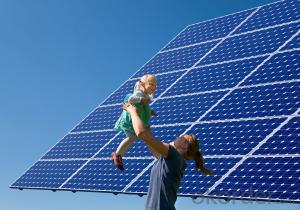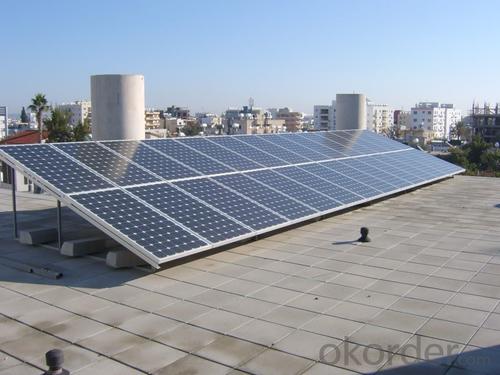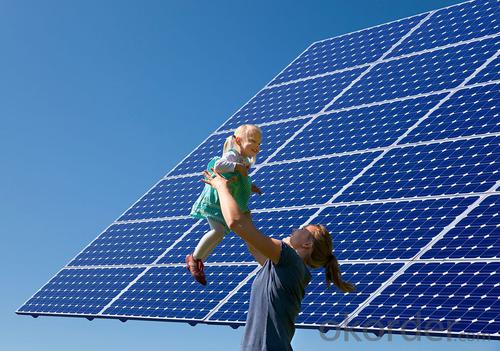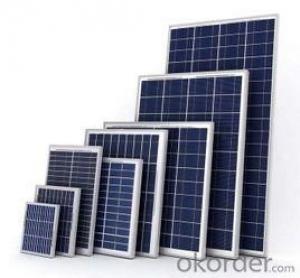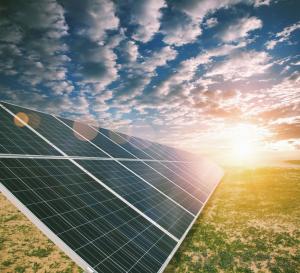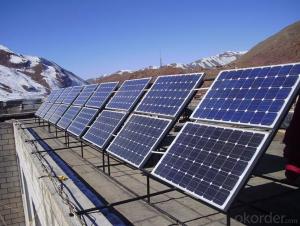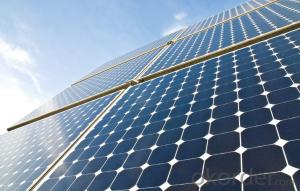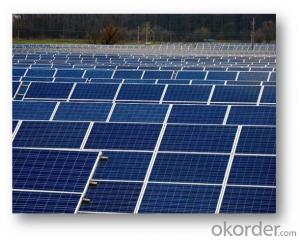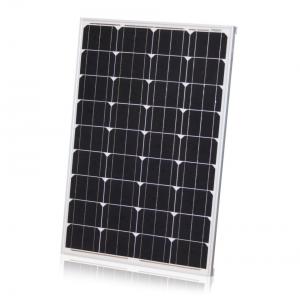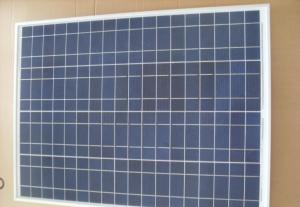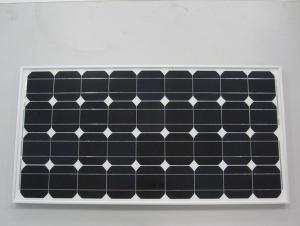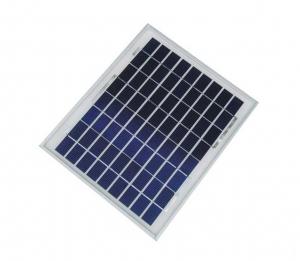Solar Panels Victoria - Monocrystalline Silicon 215W Solar Module
- Loading Port:
- China main port
- Payment Terms:
- TT OR LC
- Min Order Qty:
- 100000 watt
- Supply Capability:
- 10000000 watt/month
OKorder Service Pledge
OKorder Financial Service
You Might Also Like
Solar cell module production process
Line called packaging line components, packaging is the production of solar cells a key step in the packaging process without a good, multi-well battery is also not a good component of production boards. Battery package not only the battery life is guaranteed, but also to enhance the combat strength of the battery. Product quality and high service life is to win can be the key to customer satisfaction, so the quality of components of the package board is very important.
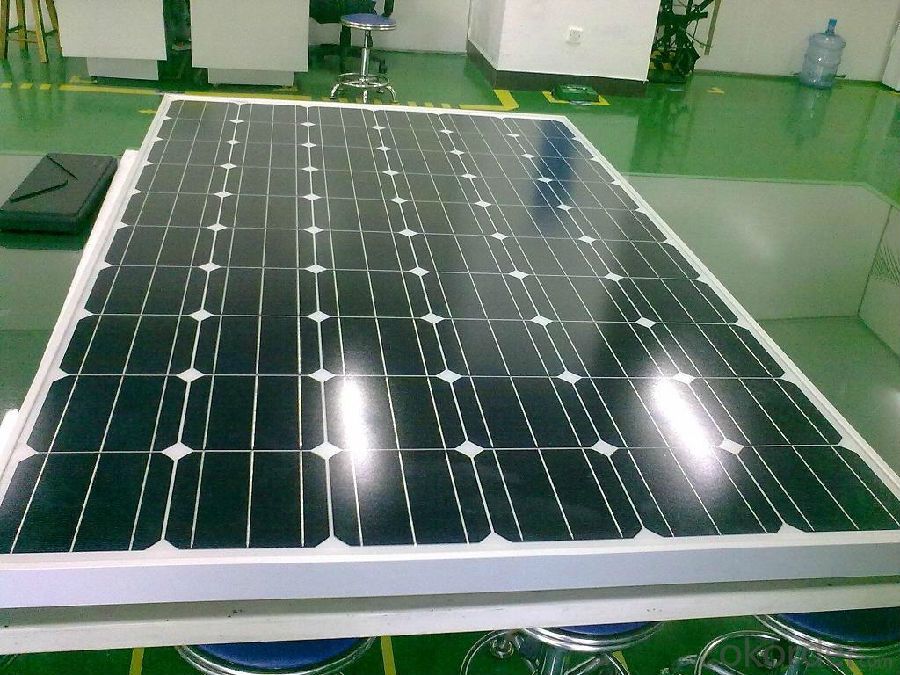
Quality Certificates
IEC61215, IEC61730, IEC62716, IEC61701, UL1703, ETL, JET, CE, MCS,
CEC, Israel Electric, Kemco
ISO9001:2008: Quality management system
ISO14001:2004: Environmental management system
OHSAS18001:2007: Occupational health and safety management system
Amerisolar’s photovoltaic modules are designed for large electrical power requirements. With a 30-year warranty, AS-6P offers high-powered, reliable
performance for both on-grid and off-grid solar projects.
Key features:
Low degradation and excellent performance under high temperature and low
light conditions.
Robust aluminum frame ensures the modules to withstand wind loads up to
2400Pa and snow loads up to 5400Pa.
Positive power tolerance of 0 ~ +3 %.
High ammonia and salt mist resistance.
Mono 215w with high module conversion efficiency and high quality. Meanwhile all panels have positive power tolerance of 0 ~ +3 %.
FAQ:
1. How long will my inquiry get response?
Your inquiry related to our products or prices will be replied within 24 hours.
2. Can I get professional service and suggestion?
Well-trained and experienced staffs to answer all your questions in fluent English.
3. Do you accept OEM or customized design?
OEM & ODM, any your customized lightings we can help you to design and put into product.
4. What if I need specific design?
Distributorship are offered for your unique design and some our current models.
- Q: Can solar panels be installed on carports or pergolas?
- Yes, solar panels can be installed on carports or pergolas. These structures provide ample space for installing solar panels, allowing them to generate clean and renewable energy while also providing shade and protection for vehicles or outdoor spaces.
- Q: Can solar panels be installed on a condominium or apartment building?
- Yes, solar panels can be installed on a condominium or apartment building. However, the feasibility and process may vary depending on factors such as building ownership, structural integrity, and local regulations. It is important to consult with professionals and obtain necessary permissions before proceeding with the installation.
- Q: 260 watt solar panels on an rv?
- There are many other controllers, you just need to get a sense for the limitations and make sure you are working within them. Controllers are not that hard to hook up, two connections simply go to the battery, plus and minus. Then the other two go to your panel. I like to put a switch at the panel output, leave it off while you are hooking up the panel side wiring of the controller, then when you are sure everything is connected properly, and you have some kind of battery power indicatioon at the controller, throw on the panel switch and see if it is charging. Remember that a panel is a power source, and connecting it to the controller while it is in the sun is like hooking up a car headlight while the lights are turned on. Another option is to wrap the panel in a blanket and put it in the shade while you are connecting it up. Your panel has a max amp rating, Imax, which will likely be around 5 or 6 amps at that voltage and wattage. Number 4 romex will work for that, as well as medium duty AC extension cord wire, if your run is less than 30 feet or so. Take care Steven, Rudydoo
- Q: I mean when light hits the solar panel where does the energy go and what does it become? Be specific.
- I think you got half the answer, but basically like everyone else said, the light hits the electrons and create energy now that energy, since it is now an electrical energy is then saved within batteries connected to the solar panel and that provides the power itself, so as long as there is sun, the batteries will charge up, once the sun goes away, the batteries slowly deplete, but once the sun hits, more energy. =)
- Q: I have heard a lot about solar panels and I want to know how these solar panels works and is it really possible to generate electricity using solar panels. And what is the cost of getting a solar panel installed?
- Solar okorder
- Q: Can solar panels be installed on a deck or patio?
- Yes, solar panels can be installed on a deck or patio. However, it is important to consider certain factors such as the structural integrity of the deck or patio, the amount of sunlight it receives, and any regulations or restrictions in your area. Additionally, it is recommended to consult with a professional installer to ensure proper installation and maximize the efficiency of the solar panels.
- Q: Can anyone give me a simple but informative explanation on how solar panels produce electricity/power? Thank you!
- solar panel absorb sunshine , and it will produce electric charger, the charger move to one direction, it wil produce electric current, so it produce electricity. the electricity can through cable move to solar battery to store or to country power grid to provide electricity for people using.
- Q: Can solar panels be installed on a shaded roof?
- Yes, solar panels can be installed on a shaded roof, but their efficiency may be significantly reduced. The amount of shade and its duration throughout the day will determine the impact on energy production. It is recommended to assess the roof's shading factors and consult with a solar panel installer to determine the feasibility and potential output of a shaded installation.
- Q: How much does 000 square feet of solar panels cost? This is for a pool with dimensions 75ft by 25ft? How much will it cost including installation fee and the water heater?
- a clean insulating conceal may be lots extra decrease priced and doubtless do as lots sturdy as growing to be electrical energy to warmth the water. A green domicile over it ought to cost as much as panels, yet be lots extra useful.
- Q: How many solar panels do you need on your house to power your heater in winter?
- I okorder /... To run your pump 24 hr you need 028 m^2 = 0.254 acres. In July the solar insolation is 5.92 kW-hr/day/m^2 and you need 0.042 acres to run the pump for 24 hours. Further south in the US, the numbers are more favorable.
Send your message to us
Solar Panels Victoria - Monocrystalline Silicon 215W Solar Module
- Loading Port:
- China main port
- Payment Terms:
- TT OR LC
- Min Order Qty:
- 100000 watt
- Supply Capability:
- 10000000 watt/month
OKorder Service Pledge
OKorder Financial Service
Similar products
Hot products
Hot Searches
Related keywords


